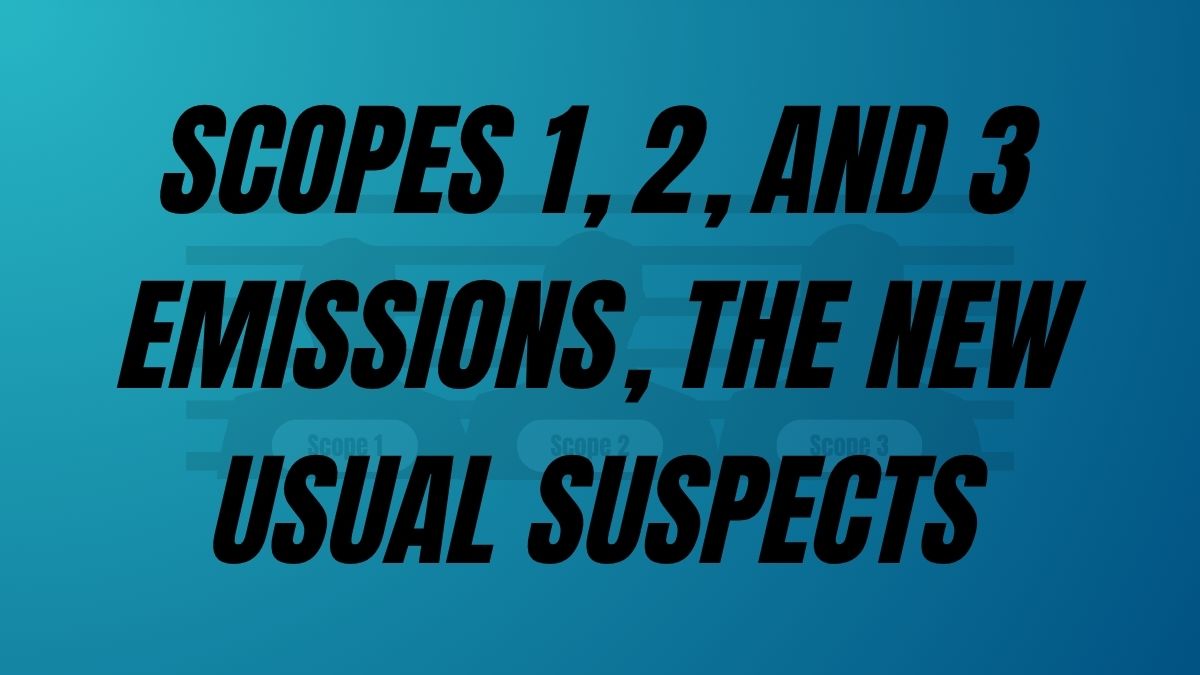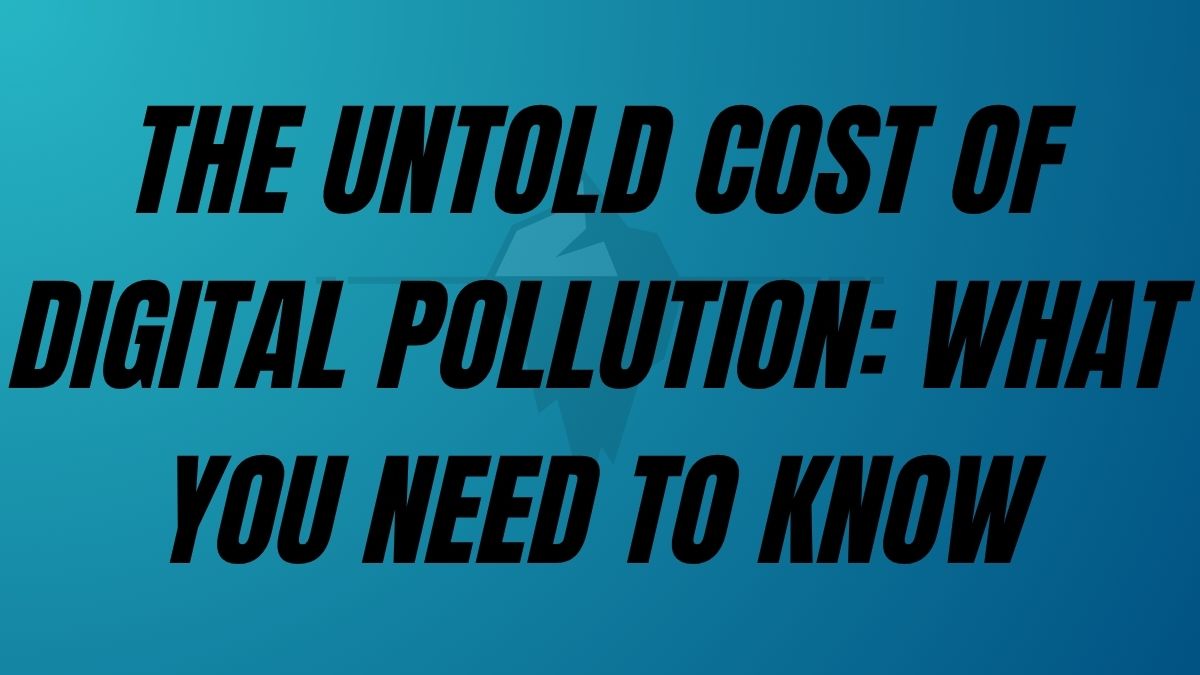
How To Find The Overlap Between Sustainability And Marketing
Introduction
Do you remember the COVID time? For some people, it’s been a difficult time. Working from home gave me extra time and a side project I worked on became somewhat consistent. Here is how I set foot in the door of marketing and sustainability.
I progressively found out that sustainability is no longer a niche concept but a core business imperative. Companies face mounting pressure to address their environmental and societal impacts. This shift is propelled by increased awareness of climate change, resource depletion, and social inequality, alongside demands from investors, consumers, and regulators.
Simultaneously, the digital age has brought unprecedented convenience, it has also introduced the concept of digital pollution, highlighting the environmental impact of our reliance on technology. This pillar page will explore how businesses can integrate sustainability into their operations and marketing strategies to build brand reputation and contribute to a more sustainable future.
Understanding Corporate Sustainability and ESG
At the heart of corporate sustainability lies Environmental, Social, and Governance (ESG), a framework guiding organisations in integrating sustainability into their operations and decision-making. ESG is more than a feel-good initiative; it involves setting measurable goals and tracking progress using relevant metrics.
These metrics act as a “North Star,” guiding companies towards their sustainability objectives while driving long-term value for stakeholders. Effective ESG metrics should be actionable, measurable, aligned with the company’s overall strategy, and integrated into all aspects of the business.
It’s important to note that these metrics should be regularly reviewed and updated to reflect changing circumstances, stakeholder expectations, and regulatory requirements.
Tracking Greenhouse Gas Emissions
A crucial part of corporate sustainability is understanding and managing greenhouse gas emissions. The Greenhouse Gas Protocol categorises these emissions into three scopes:
- Scope 1 emissions are direct emissions from sources owned or controlled by the company.
- Scope 2 emissions are indirect emissions from purchased energy.
- Scope 3 emissions are all other indirect emissions that occur in a company’s value chain.
Companies should also understand the difference between CO2 and CO2e, with CO2e being an index that assesses the impact of all greenhouse gases emitted into the atmosphere. The measurement of CO2e is considered the gold standard of human impact on the planet.

Digital Carbon Footprint
The digital world also contributes to environmental challenges. The digital carbon footprint refers to the total greenhouse gases emitted by all aspects of the digital world. This includes the lifecycle of electronic devices, the operation of data centres and transmission networks.
Key sources of digital pollution include:
- Production of electronic devices: This process requires rare resources and generates electronic waste. The manufacturing of digital equipment accounts for 78% of greenhouse gas emissions.
- Data Centres: These facilities consume vast amounts of energy, and are responsible for 2% of global greenhouse gas emissions.
- Networks: Telecommunication networks also require increasingly large equipment, and account for 2% to 14% of France’s carbon footprint.
- Digital Activities: Actions like video streaming, internet browsing and email exchanges all have an environmental cost.

3.7% of global greenhouse gas emissions
This is the share of the digital sector globally. To reduce your digital carbon footprint, consider:
- Optimising data centres with renewable energy sources and improved cooling.
- Eco-designing software and websites with minimal energy consumption.
- Reducing e-waste by repairing and reusing devices.
- Embracing remote work and digital collaboration.
- Training employees on responsible digital resource use.
- Practicing mindful email habits.
The concept of digital net-zero is about balancing the greenhouse gas emissions from digital activities with measures to remove or offset these emissions.
Sustainability and Brand Reputation
Consumers are increasingly eco-conscious, making sustainability a key factor in purchasing decisions. A company’s sustainability practices directly impact its brand reputation. Greenwashing, or making misleading claims about environmental benefits, can severely damage consumer trust.
To build trust, companies must embed authentic sustainability into their core practices, provide clear evidence to support their claims, and engage in open communication with consumers. Transparency, accountability, and a commitment to continuous improvement are essential for maintaining a strong brand reputation.
Conclusion
Corporate sustainability and ESG are essential for creating long-term value for businesses and society. By understanding ESG metrics, managing greenhouse gas emissions, addressing the anti-ESG movement, and considering the digital carbon footprint, businesses can build a more sustainable and responsible future. Embracing sustainability not only reduces environmental impact but also builds a stronger brand reputation and fosters greater trust with stakeholders. This approach enhances competitiveness and drives long-term performance.
To find out more about Sustainability & Marketing




> Back to the top pages
💪 Overcoming B2B SaaS Challenges: Customer, GTM & Marketing
📈 Looking for B2B SaaS Growth? Master SEO the Smart Way
🔥 Work Better, Not Harder with AI & Productivity
